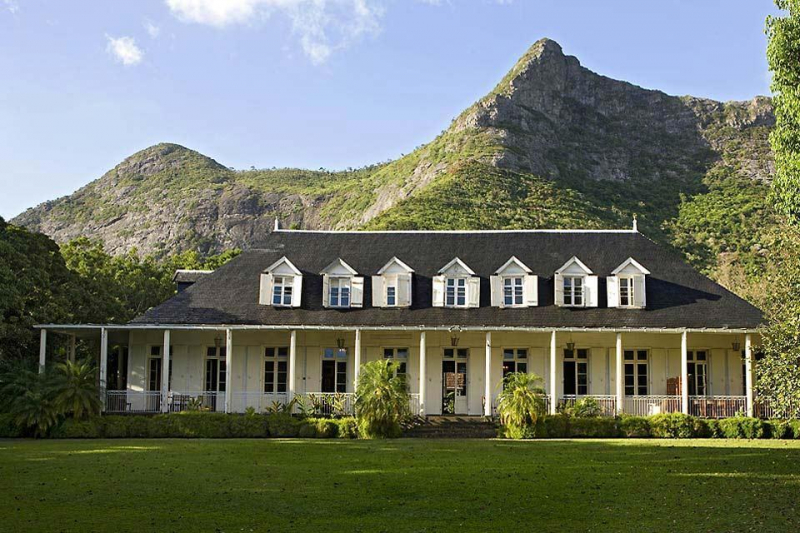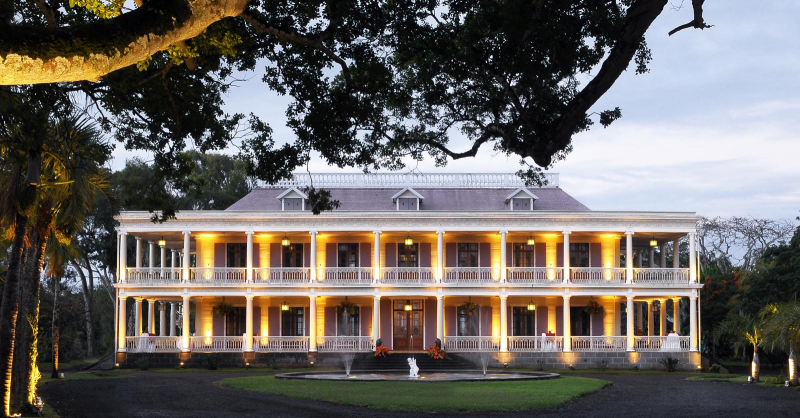Return To The Past At The Old Homes Of Mauritius

Before becoming independent in 1968, Mauritius was uninhabited until the Dutch acquired control of the islands in 1598. Prior to that, it was a colony of the Dutch, French, and British at various points. Huge sugar and tea estates, which are now some of the Indian Ocean's greatest architectural treasures, once covered all open space in the Mauritian interior while it was under European administration. French-style colonial palaces kept watch over these precious crops. These magnificent homes have beautiful gardens, high ceilings, elaborate verandas, and cantilevered windows to capture the breeze, like miniature chateaux adapted to the tropics. For stunning examples of the design, visit the Château Labourdonnais close to Pamplemousses or the Eureka Mansion in Moka.
Today a museum, Eureka House, also gives visitors a chance to see the island's lush interior, with wide grounds and formal gardens built to take the place of the island's original sugar cane fields. It also has its own restaurant and separate lodging. A network of paths for walking wind through native vegetation, through riverbanks, and past hidden bridges and little waterfalls. Watch out for unique species like the giant agathis robusta tree, one of the best in Mauritius, as well as mango trees, several kinds of palm trees, and other exotic plants. The 1859 completion of the renovated Château Labourdonnais makes it one of the island's most charming examples of colonial architecture. The perfectly proportioned chateau, constructed of teak in an Italian neoclassical style, is furnished with modest Victorian furnishings and a few incredibly charming design details. Guided tours are required and last 45 minutes. At 10.30 am and 2 pm, the Labourdonnais Express offers a 45-minute tour of the gardens and orchards (adult Rs 250, child Rs 175). That's all about the ninth thing to do in Mauritius we want to mention.











